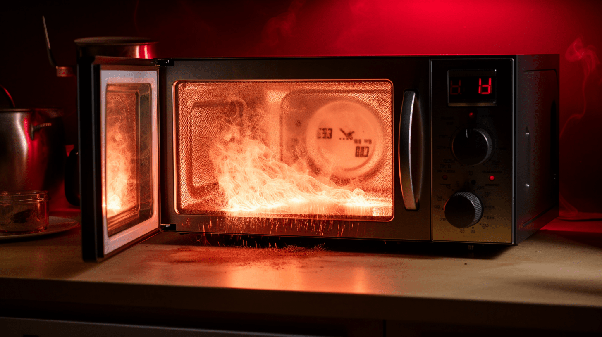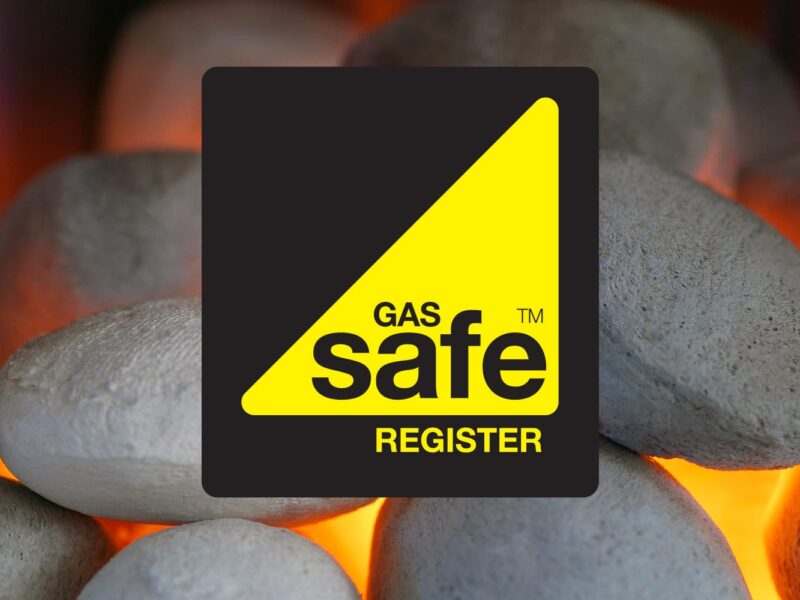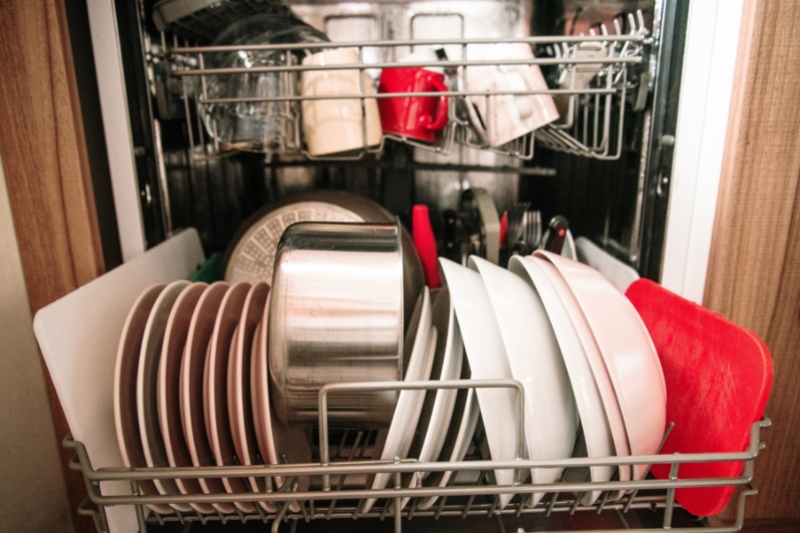Microwaves themselves do not get hot, they generate heat by producing microwaves that excite water molecules in food, causing them to vibrate and generate heat. The temperature inside a microwave oven can vary based on factors such as wattage and the type of food being heated.
Typically, microwave ovens can heat food to temperatures ranging from 140°F (60°C) to 212°F (100°C) or more, depending on the specific settings and duration of heating. It’s essential to follow the manufacturer’s guidelines and use caution when handling hot items from a microwave.
How Does Microwaves Work?
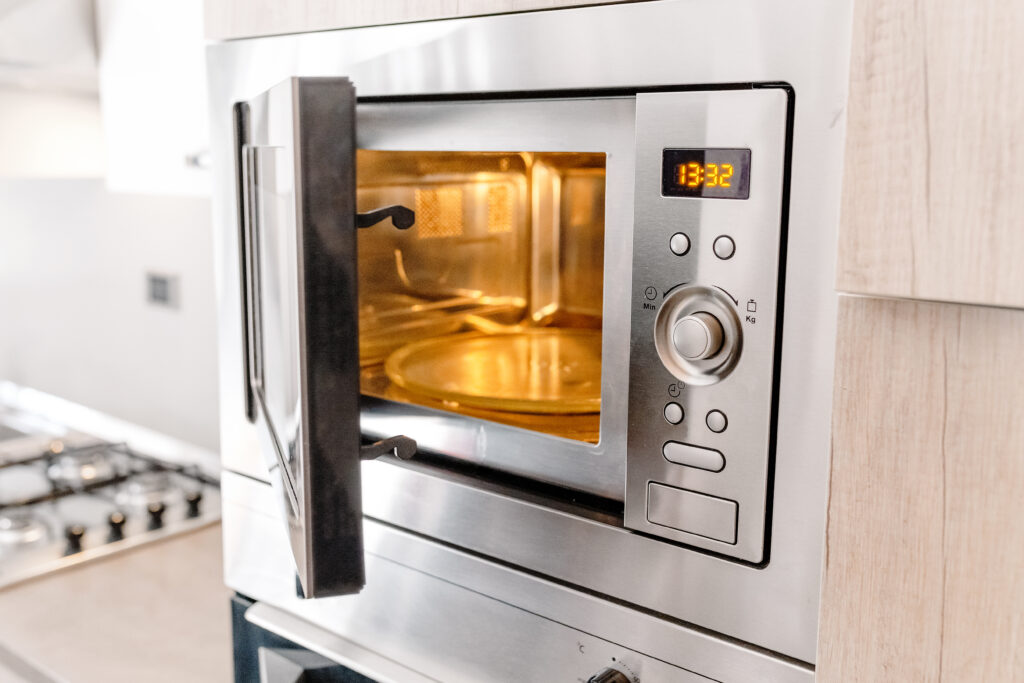
Microwave ovens operate on the principle of utilizing microwaves, which are a form of electromagnetic radiation. These microwaves have a specific frequency range within the electromagnetic spectrum, typically around 2.45 gigahertz. Microwave ovens consist of a magnetron, a device that generates these microwaves. The magnetron converts electrical energy into microwave radiation, creating a high-frequency electromagnetic field within the oven.
Electromagnetic Waves in Microwaves
Microwaves are a type of non-ionizing radiation, meaning they don’t have sufficient energy to ionize atoms or molecules.
In the context of microwave ovens, these waves are specifically designed to interact with water molecules present in food.
The microwaves penetrate the food, and as they encounter water molecules, they cause them to resonate or vibrate at an extremely high frequency. This rapid vibration generates heat, which, in turn, cooks or heats the food.
It’s worth noting that this interaction is selective to water molecules, making microwaves particularly effective for heating foods with high water content.
The Heating Process
The heating process in a microwave begins with the absorption of microwave energy by water molecules. As these molecules vibrate vigorously, friction between them generates heat throughout the food.
This is a unique aspect of microwave cooking, as it directly heats the interior of the food rather than relying on heat transfer from an external source.
The penetration depth of microwaves into the food depends on factors like the frequency of the microwaves and the composition of the food. The result is efficient and relatively rapid heating compared to conventional cooking methods.
What are the Maximum Temperature Capabilities of Microwaves?

The upper limit of microwave temperatures refers to the highest temperature that can be achieved within the microwave oven. This limit is influenced by the wattage of the microwave, which represents the amount of power it can deliver. Higher-wattage microwaves generally have a greater capacity to generate heat, allowing them to reach higher temperatures.
It’s important to note that microwave ovens are not designed for extreme high-temperature cooking like conventional ovens or stovetops. Their focus is on efficient and rapid heating, making them ideal for certain types of cooking and reheating.
Factors Influencing the Maximum Heat Output
Several factors can influence the maximum heat output of a microwave. Wattage is a primary factor, as mentioned earlier, but the type and quantity of food being heated also play a role.
Foods with higher water content tend to absorb and retain more microwave energy, reaching higher temperatures. Conversely, foods with lower water content may not heat as efficiently.
The size and shape of the food container can also impact heat distribution. Microwaves work best when the food is spread out or rotated during cooking to ensure even heating.
What Affects the Temperature in a Microwave?
Several factors influence the temperature in a microwave, affecting its heating capabilities and overall performance. Here are key factors to consider
Wattage: The wattage of a microwave is a crucial factor. Higher-wattage microwaves generally have more power and can reach higher temperatures more quickly than lower-wattage models.
Cooking Time: The duration for which the microwave is operated affects the temperature inside. Longer cooking times allow for more energy absorption by the food, leading to higher temperatures.
Food Composition: The type and composition of the food being heated play a significant role. Foods with higher water content, like soups or vegetables, absorb and retain more microwave energy, heating more efficiently. Conversely, foods with lower water content may not heat as effectively.
Container Material: The material of the container holding the food can impact temperature. Microwave-safe containers allow microwaves to penetrate the food, while improper materials may not, affecting the heating process.
Size and Shape of Food: The size and shape of the food also matter. Larger or thicker items may require longer cooking times to ensure the heat penetrates to the center. Stirring or turning the food during cooking helps distribute heat evenly.
Microwave Hotspots: Microwaves can create hotspots in certain areas of the oven, leading to uneven heating. Rotating or stirring the food during cooking helps mitigate hotspots and ensures consistent temperatures.
Microwave Efficiency: The efficiency of the microwave itself, including the condition of the magnetron (the device that generates microwaves), can impact temperature. Regular maintenance and proper usage contribute to optimal performance.
Altitude: Microwave cooking times and temperatures can be affected by the altitude of your location. Higher altitudes may require adjustments to cooking times.
Manufacturer’s Guidelines: The manufacturer’s guidelines and recommended settings are important. Overheating or exceeding specified limits can compromise the microwave’s performance and safety features.
What Are The Methods for Measuring Microwave Temperatures?
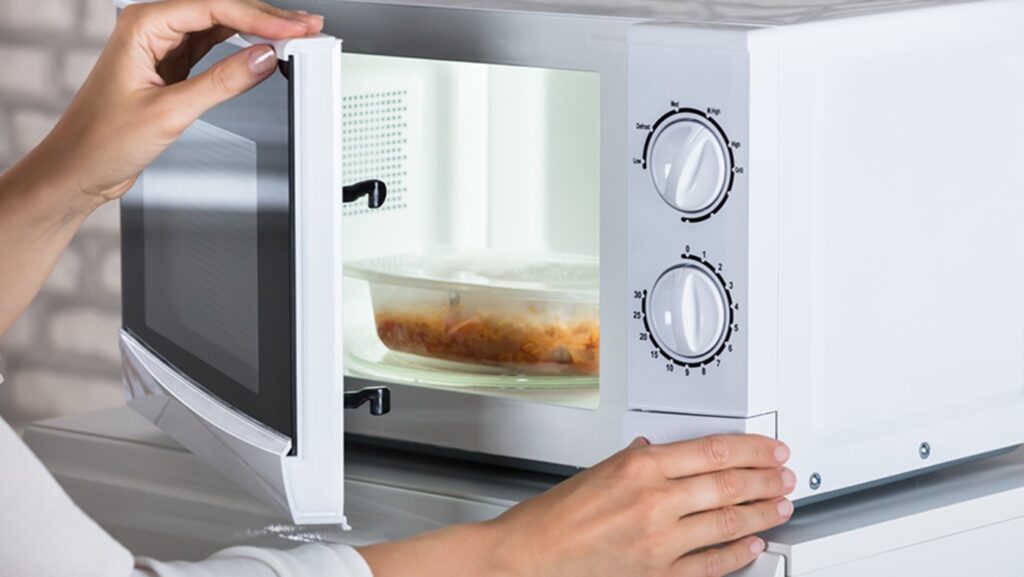
Infrared Thermometers: These devices measure the surface temperature of the food by detecting the infrared radiation it emits. While effective, they provide readings from the exterior and may not accurately represent the internal temperature.
Food Thermometers: Inserting a food thermometer into the thickest part of the food allows for direct measurement of its internal temperature. This method is accurate but requires careful placement to ensure precise readings.
Temperature Probes: Some microwaves come equipped with temperature probes that can be inserted into the food. These probes are connected to the microwave, providing real-time temperature monitoring during the cooking process.
Microwave-Safe Temperature Strips: These strips change color at specific temperature thresholds, providing a visual indication of the temperature reached. While not as precise as other methods, they offer a quick reference for general temperature ranges.
Tools and Devices for Accurate Readings
In-Oven Thermometers: Placing a thermometer designed for oven use inside the microwave can provide accurate temperature readings. Ensure the thermometer is microwave-safe and positioned in a way that doesn’t interfere with the cooking process.
Digital Food Thermometers: These handheld devices offer precise temperature readings and are suitable for checking the internal temperature of food after microwaving. Insert the probe into the food to get an accurate measurement.
Wireless Meat Thermometers: These devices come with a probe that remains in the food while it’s microwaved, and a separate display unit outside the microwave. They provide real-time temperature monitoring without the need to open the microwave door.
Smart Kitchen Gadgets: Some modern kitchen gadgets come equipped with sensors and Bluetooth connectivity, allowing users to monitor and control cooking temperatures through a smartphone app. These gadgets can enhance precision and convenience.
Thermographic Cameras: While not commonly used in household settings, thermographic cameras can provide a visual representation of temperature distribution within the microwave. They are more advanced tools suitable for specialized applications.
FAQ
How hot does a microwave get Celsius?
Microwaves typically heat food to temperatures ranging from 60 to 100 degrees Celsius, depending on factors like wattage, cooking time, and food composition.
How hot does a microwave get in 30 seconds?
The temperature reached in 30 seconds depends on the microwave’s wattage and the type of food being heated. Generally, microwaves can raise temperatures significantly in this short duration.
How hot does a 1000 watt microwave get?
A 1000-watt microwave can reach temperatures sufficient for cooking and reheating, typically within the range of 60 to 100 degrees Celsius, based on factors like cooking time and food type.
How many degrees is safe for a microwave?
Microwaving food to temperatures above 60 degrees Celsius is generally considered safe for cooking and eliminating bacteria. Always follow specific food safety guidelines for the type of food being heated.
Is 100°C microwave safe?
Yes, microwaving food to 100 degrees Celsius is considered safe for cooking. It ensures that the food reaches a sufficient temperature to eliminate harmful bacteria and pathogens.
Can a microwave get too hot?
Yes, microwaves can get too hot if operated beyond their recommended settings or if there is a malfunction. Following the manufacturer’s guidelines helps prevent overheating.
Why is heating food in the microwave not good?
While convenient, excessive use of microwaves can lead to uneven heating and nutrient loss. It’s crucial to follow recommended guidelines and maintain a balanced approach to cooking methods.
Can overheating in the microwave cause a fire?
Yes, overheating in the microwave can potentially cause a fire. It’s essential to adhere to recommended cooking times, use microwave-safe containers, and be cautious to prevent such incidents.
Final Thoughts
Microwaves, by exciting water molecules in food, generate the heat needed for cooking. The temperature inside depends on factors like wattage, cooking time, and food composition. Always follow the manufacturer’s guidelines, use microwave-safe containers, and be mindful of safety considerations.
Whether you’re reheating leftovers or preparing a quick meal, a basic grasp of microwave temperatures ensures your culinary adventures are not only convenient but also safe. So, next time you press “start” on your microwave, you can do so with confidence, knowing just how hot it’s going to get.

